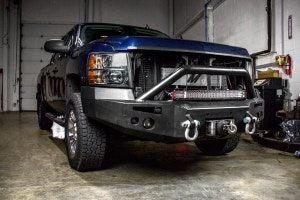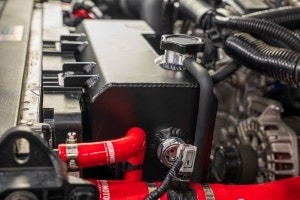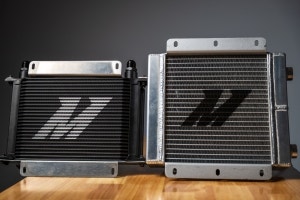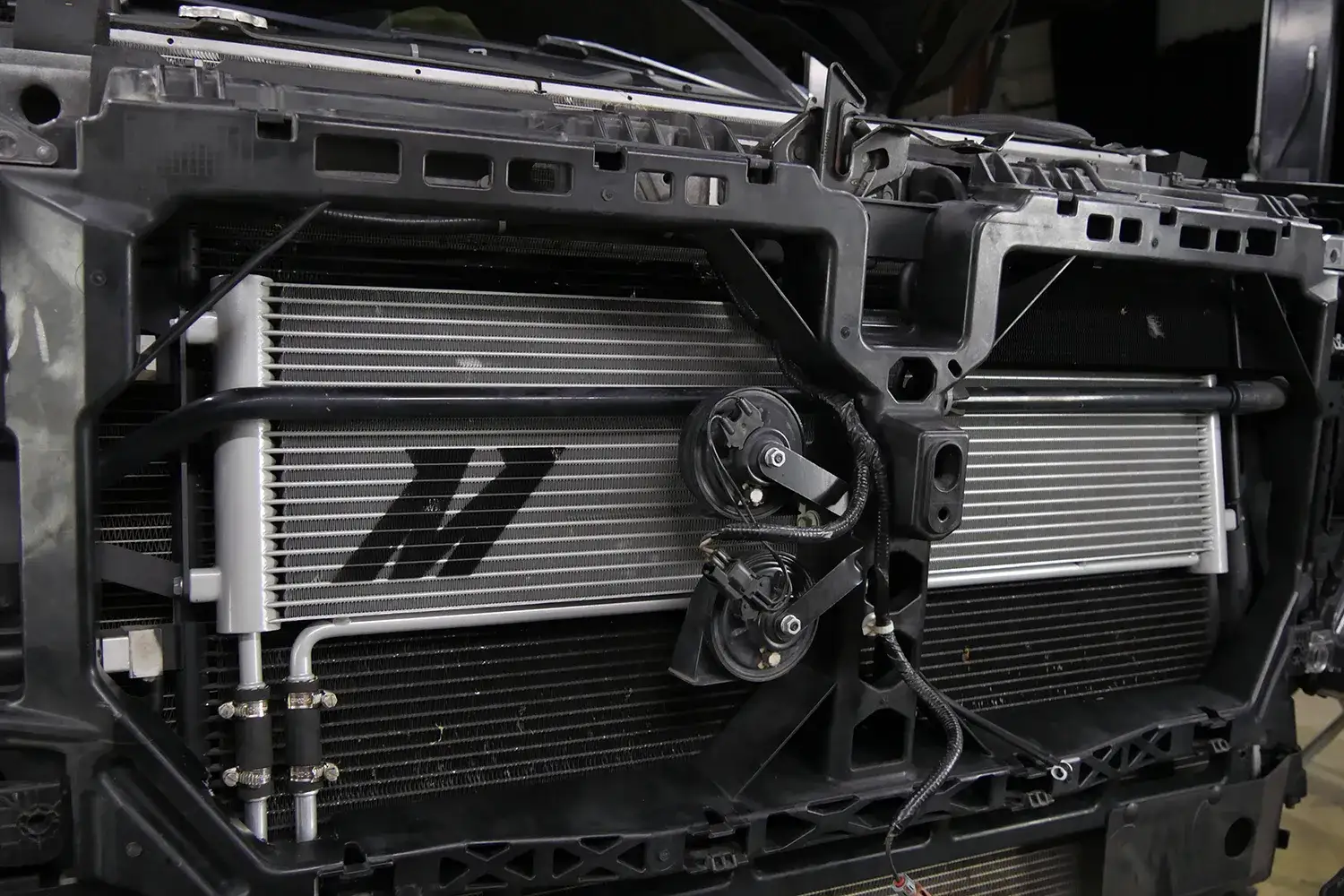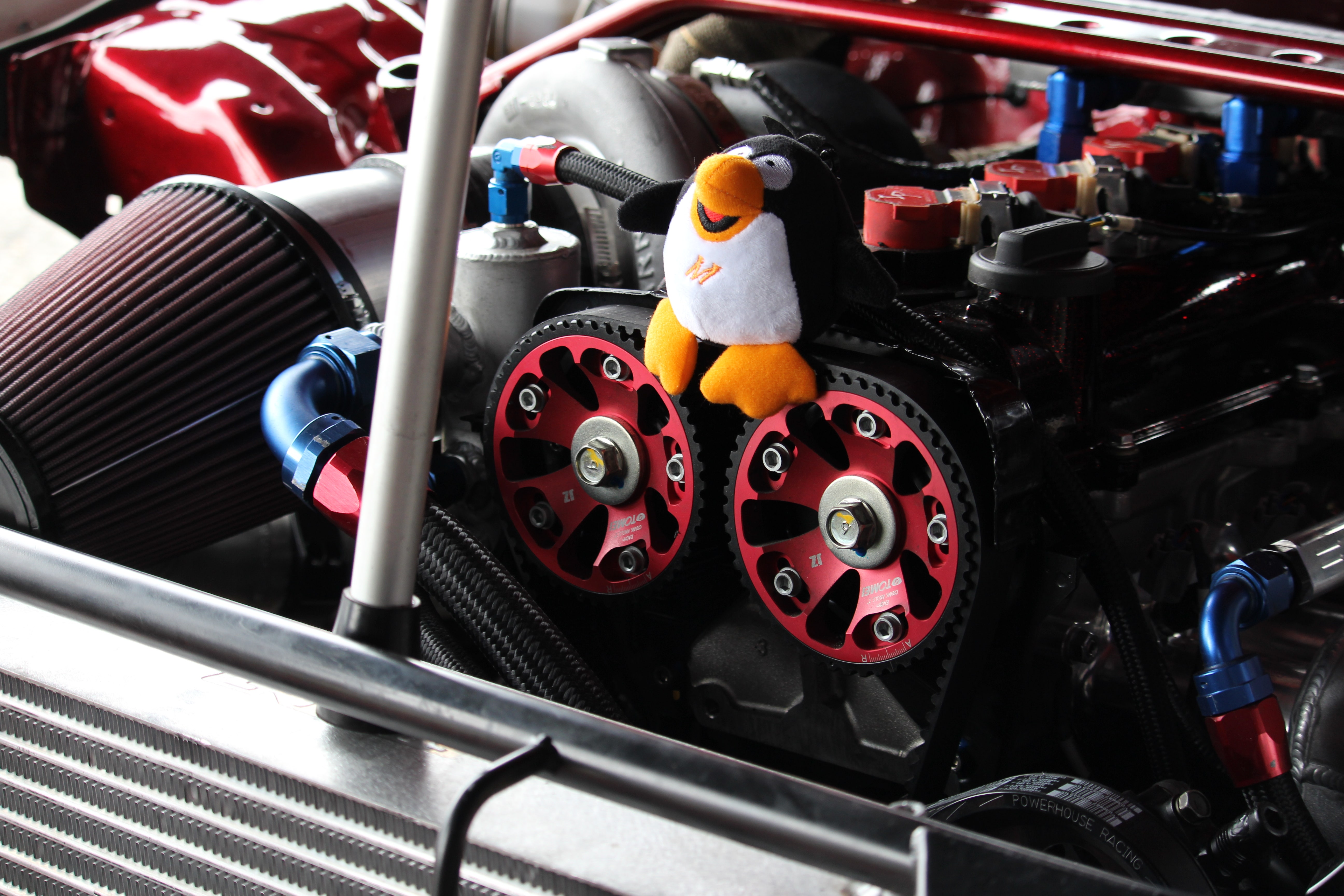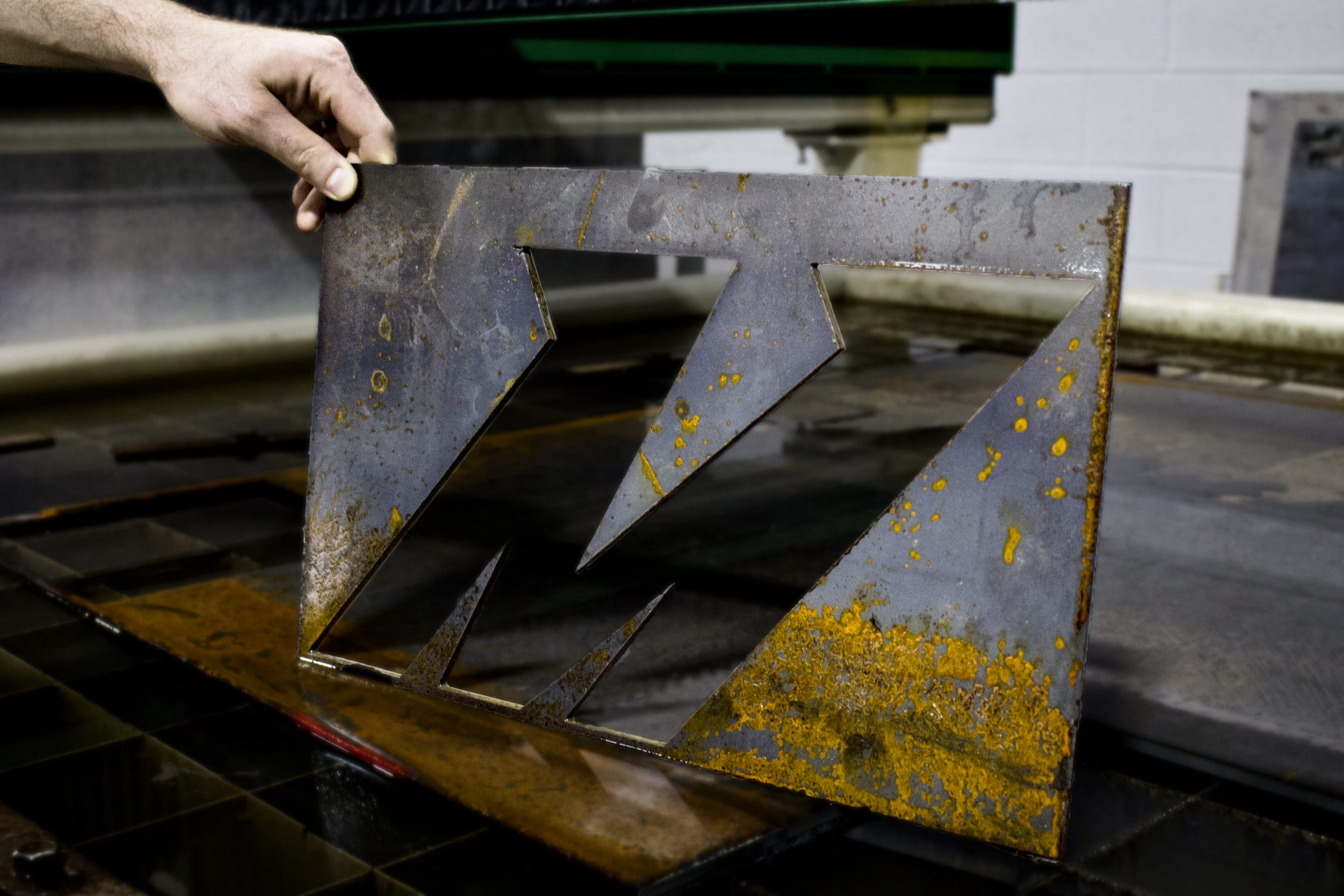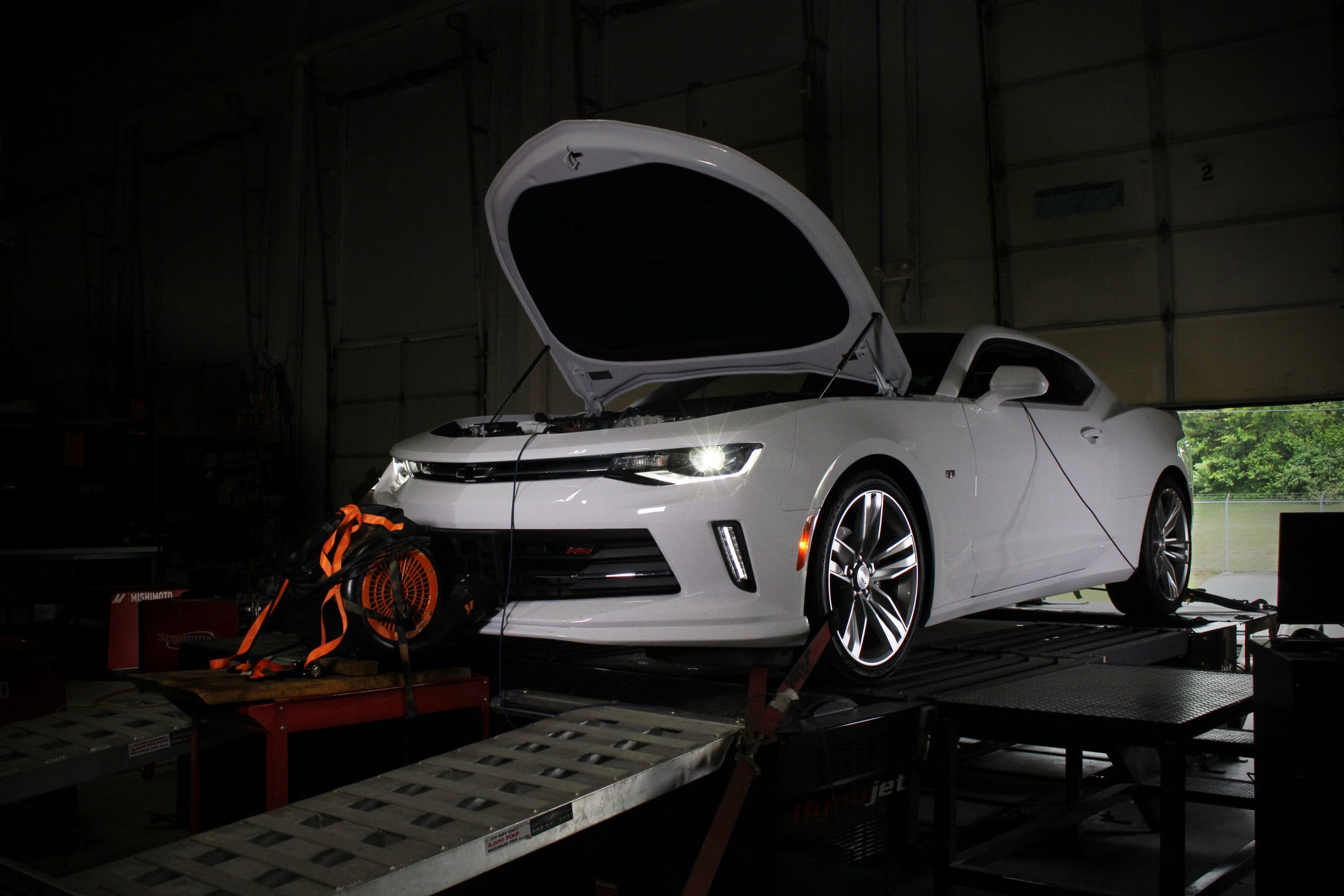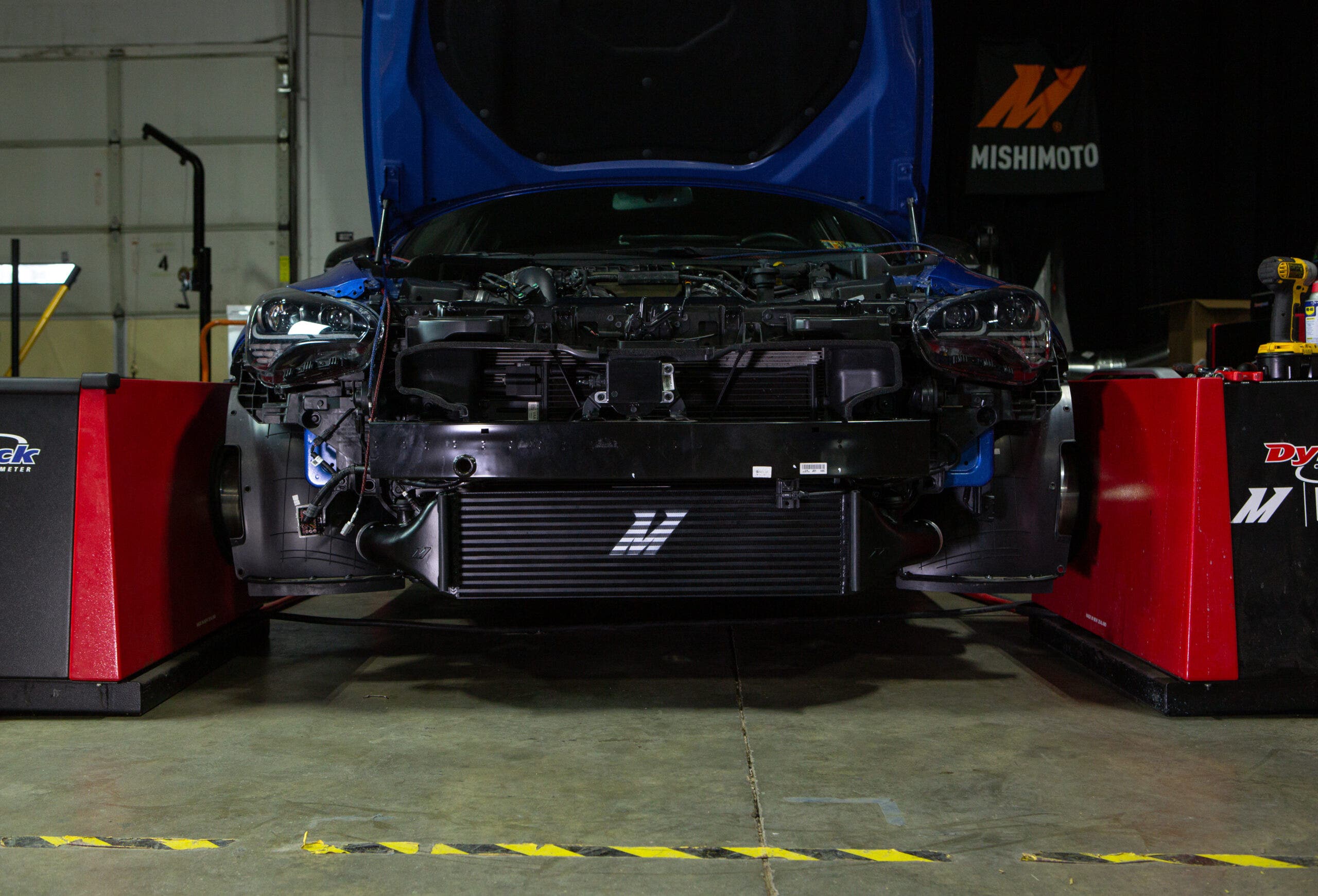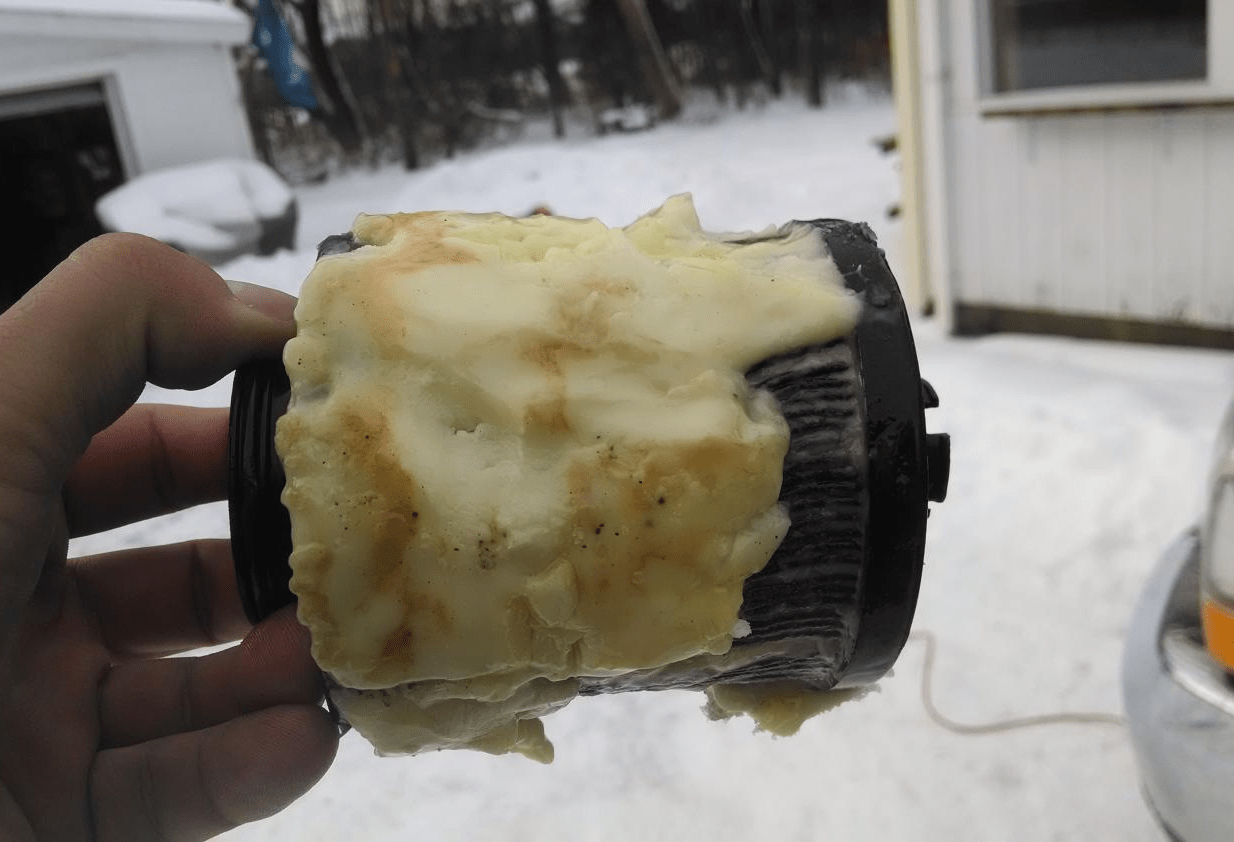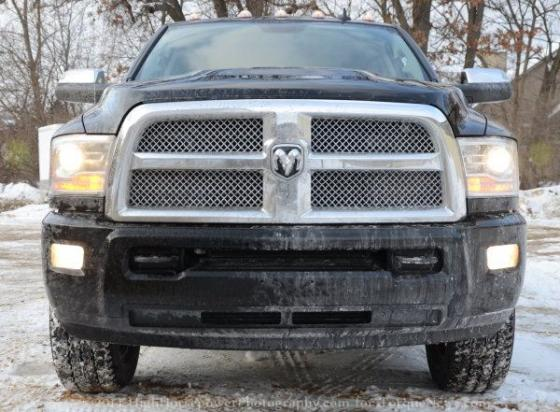Competitive racing can be simplified. It boils down to a very basic question: Who's faster? Where it gets nuanced is when this idea branches off into other areas of competition based on driver preference and customization. We see this from competing companies as they choose different methods of business operations and seeing their way as more efficient. The same goes for popular discussion topics, people aligning themselves with what they find best represents who they are. In fact, my middle school time capsule included a representation of this competition by listing items and companies in the same category and who or what I'd choose over the other. Part of that capsule would have things like this in it:
- Cartoon Network or Nickelodeon
- Sprite or 7Up
- Breakfast or Dinner
- Vanilla or Chocolate
- Biggie or Tupac
- Seinfeld or Friends
- McDonalds or Burger King
So, we were supposed to dig that up in ten years and see how much our
